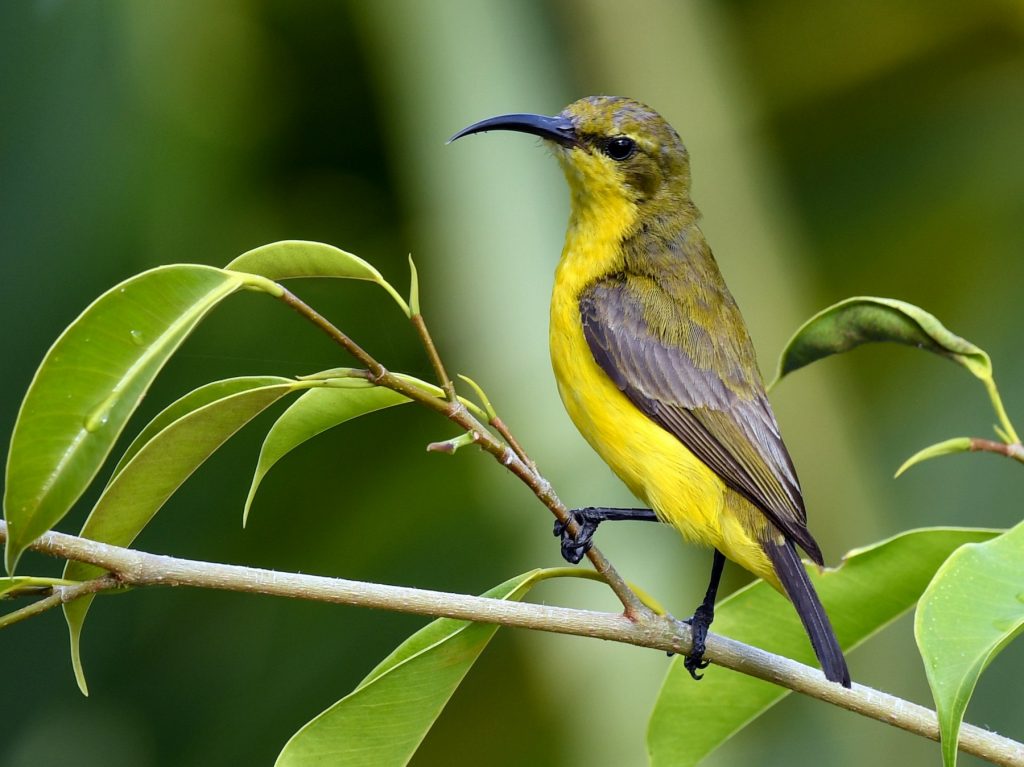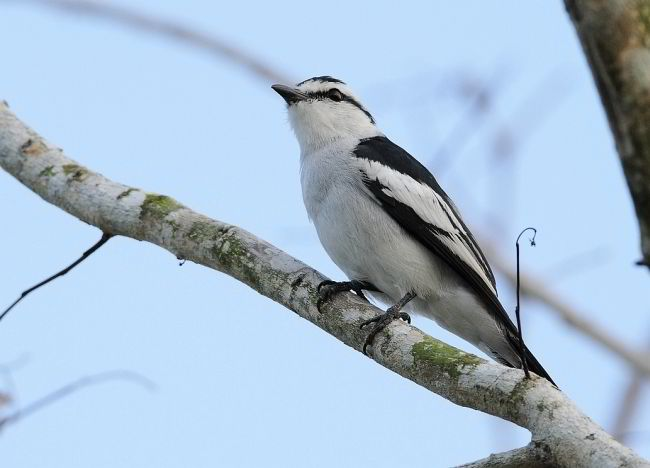February is the National Bird Feeding Month, an annual event in the United States observed to educate the public on wild bird feeding and bird watching. February may have come and gone, but it’s not too late to encourage the public to feed birds in their neighborhood while keeping in mind how these feathered creatures thrive in their natural habitats.
Days of the Year shares that the National Bird Feeding Month was made possible by John Porter in 1994 as he recognized that month to be one of the most difficult for wild birds. He spoke in front of congress, recognizing the importance of birds to ecology and to the public.
The National Museum of American History explains that birds have long had friends and advocates working on their behalf. They claim that Audobon societies were formed during the 19th century to give attention to the dwindling population of native and exotic birds hunted for their feathers for aesthetic purposes.
Why feed birds?
Imagine flying hundreds to thousands of miles because of the changing season – wouldn’t you be hungry and thirsty? This is what makes February the most difficult month for wild birds as season shifts from winter.
Small birds usually run low on natural sources of food and large birds don’t usually get what they need, especially if they arrive too early. The simple act of leaving out bird food by the window can mean life or death to these creatures.
If they can, then we can!
This may be an annual event observed in the United States, but it can also be observed in the Philippines. After all, birds in the country also need support and protection.
The Philippine climate is very unpredictable. The driest and hottest days can run for weeks or months straight. This makes it rather difficult for the birds to look for sources of water and food.
These birds deserve to survive, the same way other species do. Unfortunately, not all of them are safe from death and extinction. In the name of development, humans tend to forget that there are other species living in the planet and end up taking away their habitats.
Top 10 birds in Metro Manila
Here’s a list from Haribon Foundation.
- Eurasian Tree Sparrow

This little fellow is hard to miss. You’re bound to see them in most places in Metro Manila. They are also known as Maya.
2. Pied Fantail

They are also known as Maria Capra, are very agile, and are known to attack dogs and cats if their territories are threatened.
3. Yellow-vented Bulbul

They have yellow bottoms, and wow, can they carry a mohawk, a hairstyle that doesn’t flatter anyone.
4. Chestnut Munia

At one point, these birds were the country’s national bird – until the title was given to the Philippine eagle.
5. Olive-backed Sunbird

You are bound to see them in pairs feeding in flowering trees. They are actually one of the most common birds to see in the city.
6. Pied Triller

Rather quite sexy, they have white and grey feathers, a short tail, and a black crown.
7. Zebra Dove

These birds have a unique talent: They can stay still like stone! That’s probably why they’re called “Bato Bato.”
8. Collared Kingfisher

They are by far the most distinct Kingfishers in the Philippines. You will know they’re near if there’s a loud “kak kak kak kak” in the air.
9. Black-naped Oriole

They may be the most romantic in this list. Males chase females in the sky during courtship.
10. Philippine Pygmy Woodpecker

They are small and sound so cute, just like little automatic blasters that go pew-pew-pew!
How to attract birds
According to Haribon Foundation, here’s what we can do to attract feathered friends to our homes.
- Set up a bird bath
- Leave leaf litter to rot
- Plant fruit-bearing trees and flowering shrubs
- Provide temporary shelter for them
This appeared in Animal Scene magazine’s March 2020 issue.
You might want to read:
– The free-flying birds of Majestic Wings Philippines
– LOOK: These tiny birds look like flying cotton balls
– This is how ostriches and other ratite birds lost their ability to fly





